HISTORIC EXHIBITION
입력 2019.04.16 (15:15)
수정 2019.04.16 (15:28)
읽어주기 기능은 크롬기반의
브라우저에서만 사용하실 수 있습니다.
[Anchor Lead]
A special exhibition has opened in Seoul to showcase Korean modern art that portrays one of the most tragic and tumultuous periods in Korean history. One of them shows the ancient Gyeongbokgung Palace drawn by the last court artist of the Joseon Dynasty. Let’s take a look
[Pkg]
Gyeongbokgung Palace nestled at the foot of Baegaksan Mountain... The Gwanghwamun Gate is tightly closed, while the Street of Six Ministries appears deserted. In 1915, the Japanese ravaged the palace in order to hold an event publicizing the colonial rule. However, the painting of Gyeongbokgung Palace drawn during the same year by the last court artist of the Joseon Dynasty, An Jung-sik, shows the palace in its original form.
[Soundbite] KIM SEUNG-IK(NATIONAL MUSEUM OF KOREA) : "This painting of Gyeongbokgung palace has the word ‘spring’ in its title. It depicts the lost spring of Joseon or its future spring."
This folding screen vividly depicts the beautiful scenery of Yeonggwang in Jeollanam-do Province. It is one of artist An Jung-sik's signature works. From the works of modern calligraphers who lived in the same era as An Jung-sik to the writings of reformist activist Kim Ok-kyun -- this exhibit puts on display more than a hundred art pieces of the tumultuous modern period in Korean history, when the old coexisted with the new.
[Soundbite] KIM SEUNG-IK(NATIONAL MUSEUM OF KOREA) : "his exhibition showcases the works of artists and calligraphers from the early 20th century, who have been largely forgotten by the public so far."
The displayed items also include some of the rare possessions of a regional museum in Japan.
A special exhibition has opened in Seoul to showcase Korean modern art that portrays one of the most tragic and tumultuous periods in Korean history. One of them shows the ancient Gyeongbokgung Palace drawn by the last court artist of the Joseon Dynasty. Let’s take a look
[Pkg]
Gyeongbokgung Palace nestled at the foot of Baegaksan Mountain... The Gwanghwamun Gate is tightly closed, while the Street of Six Ministries appears deserted. In 1915, the Japanese ravaged the palace in order to hold an event publicizing the colonial rule. However, the painting of Gyeongbokgung Palace drawn during the same year by the last court artist of the Joseon Dynasty, An Jung-sik, shows the palace in its original form.
[Soundbite] KIM SEUNG-IK(NATIONAL MUSEUM OF KOREA) : "This painting of Gyeongbokgung palace has the word ‘spring’ in its title. It depicts the lost spring of Joseon or its future spring."
This folding screen vividly depicts the beautiful scenery of Yeonggwang in Jeollanam-do Province. It is one of artist An Jung-sik's signature works. From the works of modern calligraphers who lived in the same era as An Jung-sik to the writings of reformist activist Kim Ok-kyun -- this exhibit puts on display more than a hundred art pieces of the tumultuous modern period in Korean history, when the old coexisted with the new.
[Soundbite] KIM SEUNG-IK(NATIONAL MUSEUM OF KOREA) : "his exhibition showcases the works of artists and calligraphers from the early 20th century, who have been largely forgotten by the public so far."
The displayed items also include some of the rare possessions of a regional museum in Japan.
■ 제보하기
▷ 카카오톡 : 'KBS제보' 검색, 채널 추가
▷ 전화 : 02-781-1234, 4444
▷ 이메일 : kbs1234@kbs.co.kr
▷ 유튜브, 네이버, 카카오에서도 KBS뉴스를 구독해주세요!
- HISTORIC EXHIBITION
-
- 입력 2019-04-16 15:17:59
- 수정2019-04-16 15:28:30
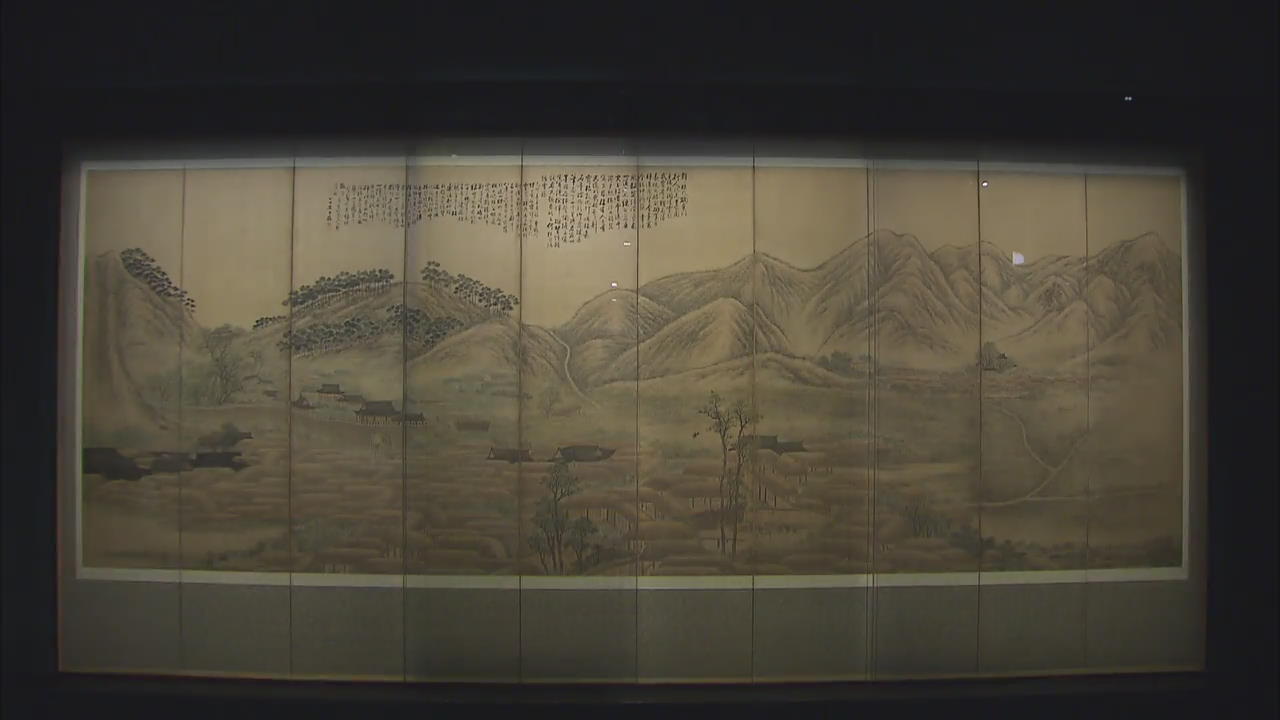
[Anchor Lead]
A special exhibition has opened in Seoul to showcase Korean modern art that portrays one of the most tragic and tumultuous periods in Korean history. One of them shows the ancient Gyeongbokgung Palace drawn by the last court artist of the Joseon Dynasty. Let’s take a look
[Pkg]
Gyeongbokgung Palace nestled at the foot of Baegaksan Mountain... The Gwanghwamun Gate is tightly closed, while the Street of Six Ministries appears deserted. In 1915, the Japanese ravaged the palace in order to hold an event publicizing the colonial rule. However, the painting of Gyeongbokgung Palace drawn during the same year by the last court artist of the Joseon Dynasty, An Jung-sik, shows the palace in its original form.
[Soundbite] KIM SEUNG-IK(NATIONAL MUSEUM OF KOREA) : "This painting of Gyeongbokgung palace has the word ‘spring’ in its title. It depicts the lost spring of Joseon or its future spring."
This folding screen vividly depicts the beautiful scenery of Yeonggwang in Jeollanam-do Province. It is one of artist An Jung-sik's signature works. From the works of modern calligraphers who lived in the same era as An Jung-sik to the writings of reformist activist Kim Ok-kyun -- this exhibit puts on display more than a hundred art pieces of the tumultuous modern period in Korean history, when the old coexisted with the new.
[Soundbite] KIM SEUNG-IK(NATIONAL MUSEUM OF KOREA) : "his exhibition showcases the works of artists and calligraphers from the early 20th century, who have been largely forgotten by the public so far."
The displayed items also include some of the rare possessions of a regional museum in Japan.
A special exhibition has opened in Seoul to showcase Korean modern art that portrays one of the most tragic and tumultuous periods in Korean history. One of them shows the ancient Gyeongbokgung Palace drawn by the last court artist of the Joseon Dynasty. Let’s take a look
[Pkg]
Gyeongbokgung Palace nestled at the foot of Baegaksan Mountain... The Gwanghwamun Gate is tightly closed, while the Street of Six Ministries appears deserted. In 1915, the Japanese ravaged the palace in order to hold an event publicizing the colonial rule. However, the painting of Gyeongbokgung Palace drawn during the same year by the last court artist of the Joseon Dynasty, An Jung-sik, shows the palace in its original form.
[Soundbite] KIM SEUNG-IK(NATIONAL MUSEUM OF KOREA) : "This painting of Gyeongbokgung palace has the word ‘spring’ in its title. It depicts the lost spring of Joseon or its future spring."
This folding screen vividly depicts the beautiful scenery of Yeonggwang in Jeollanam-do Province. It is one of artist An Jung-sik's signature works. From the works of modern calligraphers who lived in the same era as An Jung-sik to the writings of reformist activist Kim Ok-kyun -- this exhibit puts on display more than a hundred art pieces of the tumultuous modern period in Korean history, when the old coexisted with the new.
[Soundbite] KIM SEUNG-IK(NATIONAL MUSEUM OF KOREA) : "his exhibition showcases the works of artists and calligraphers from the early 20th century, who have been largely forgotten by the public so far."
The displayed items also include some of the rare possessions of a regional museum in Japan.
이 기사가 좋으셨다면
-
좋아요
0
-
응원해요
0
-
후속 원해요
0










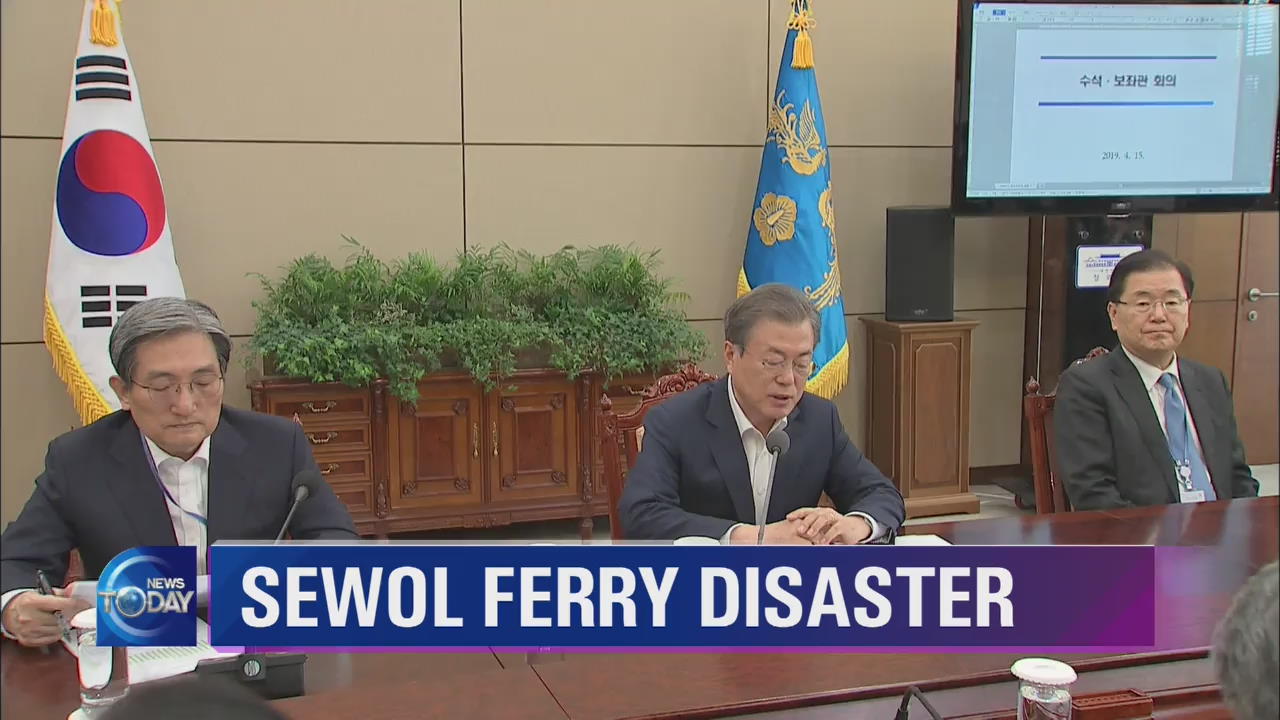
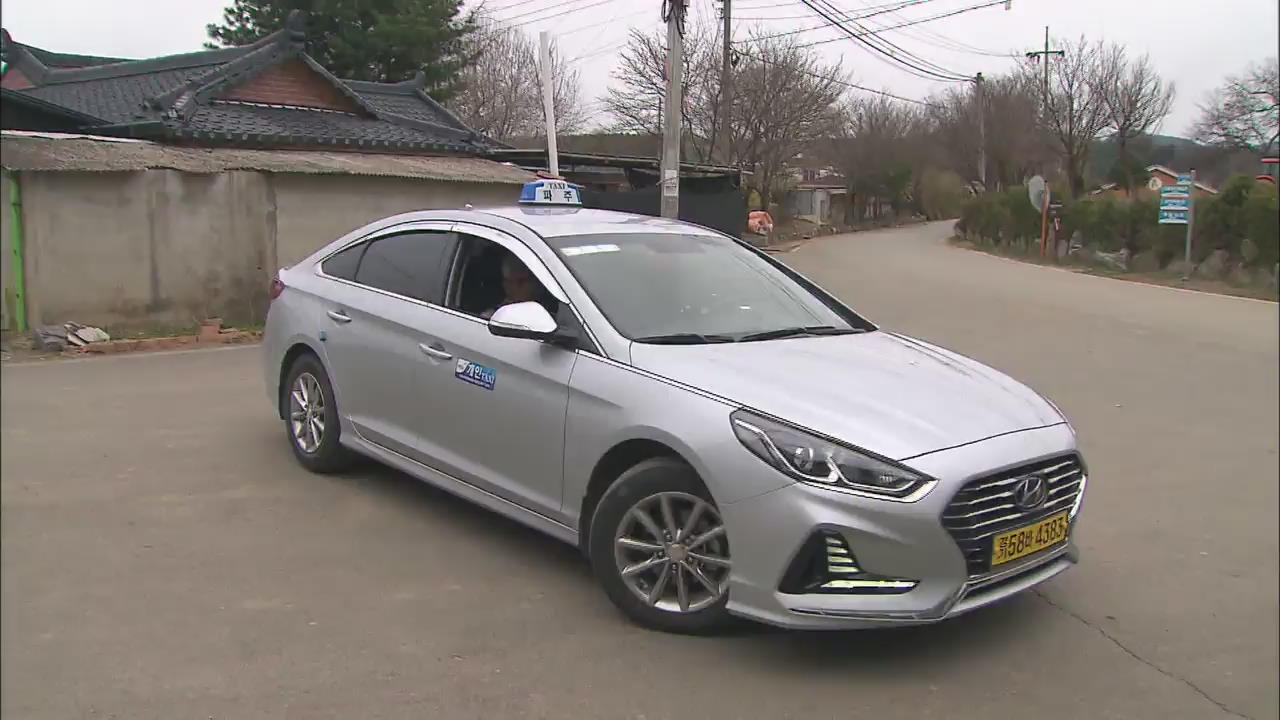
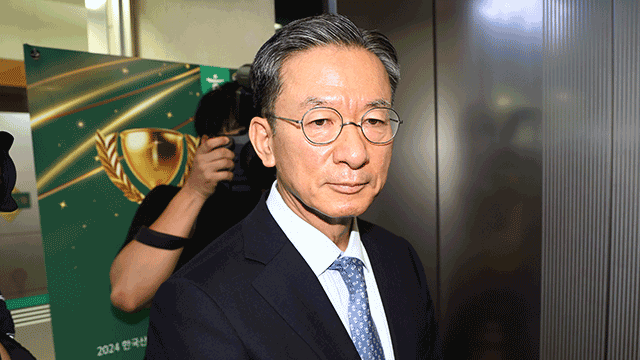
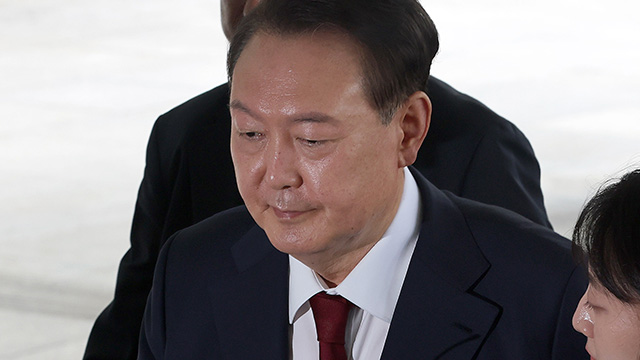
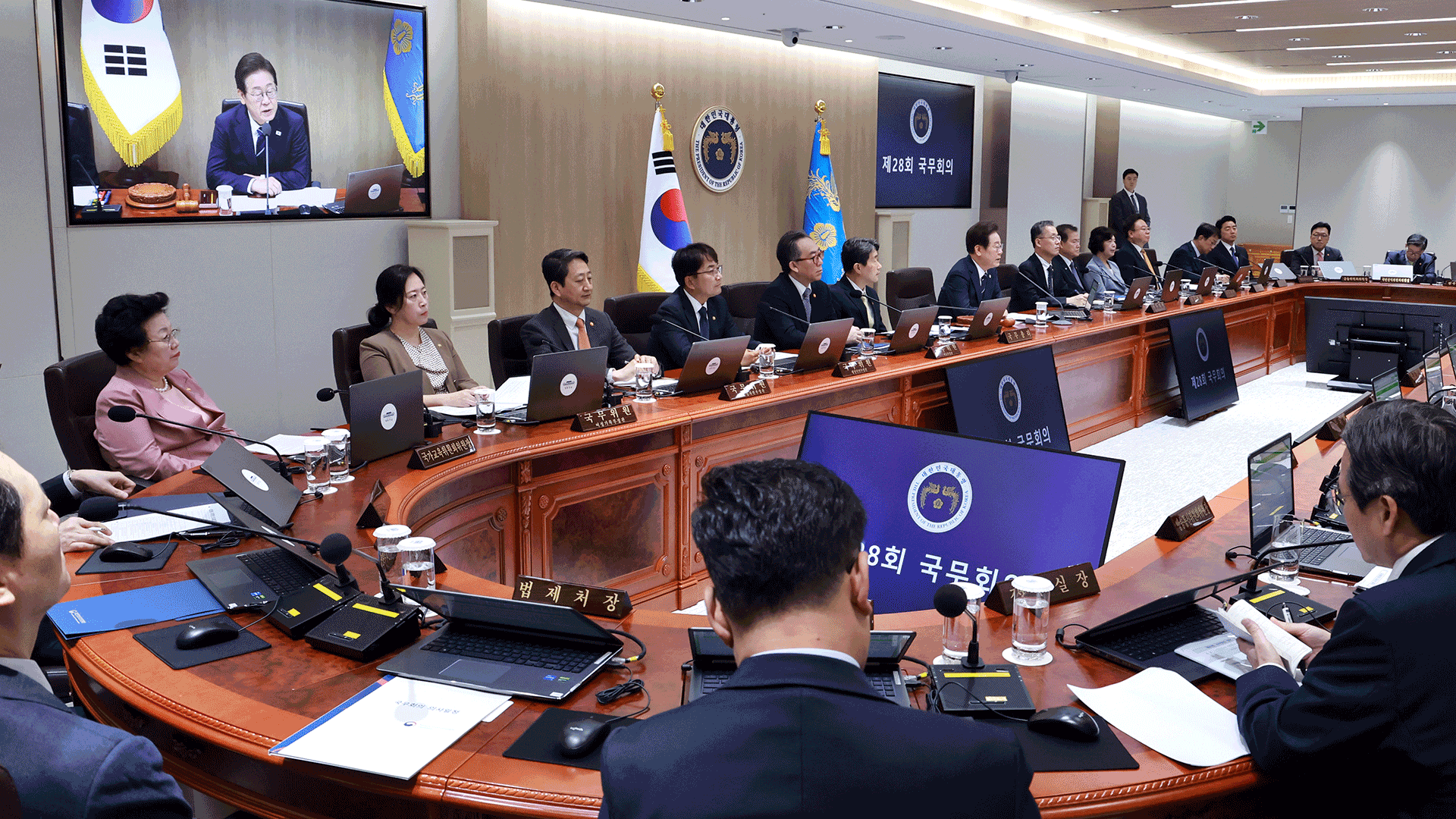
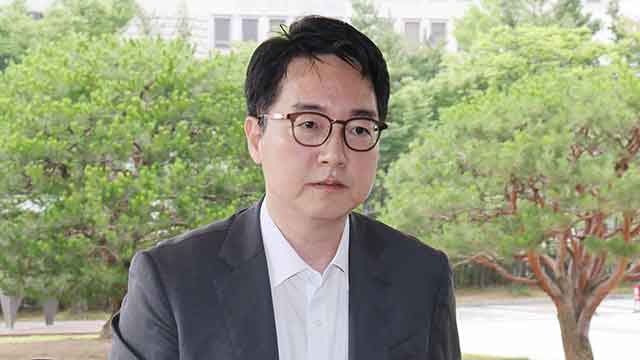

이 기사에 대한 의견을 남겨주세요.